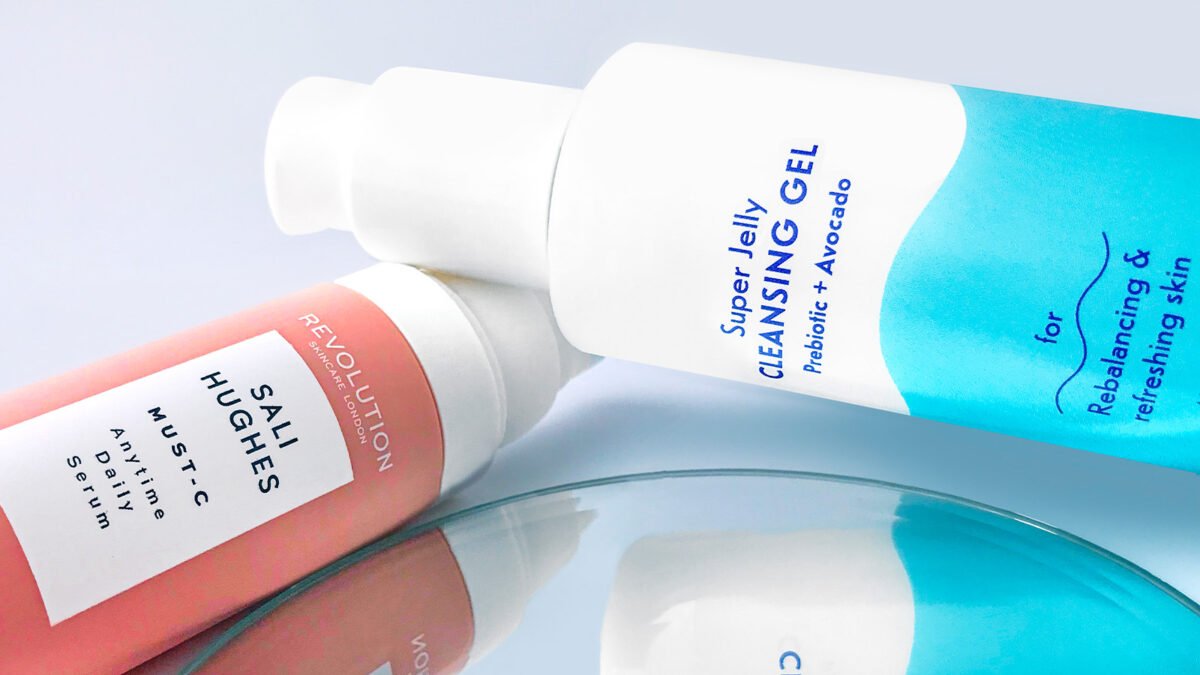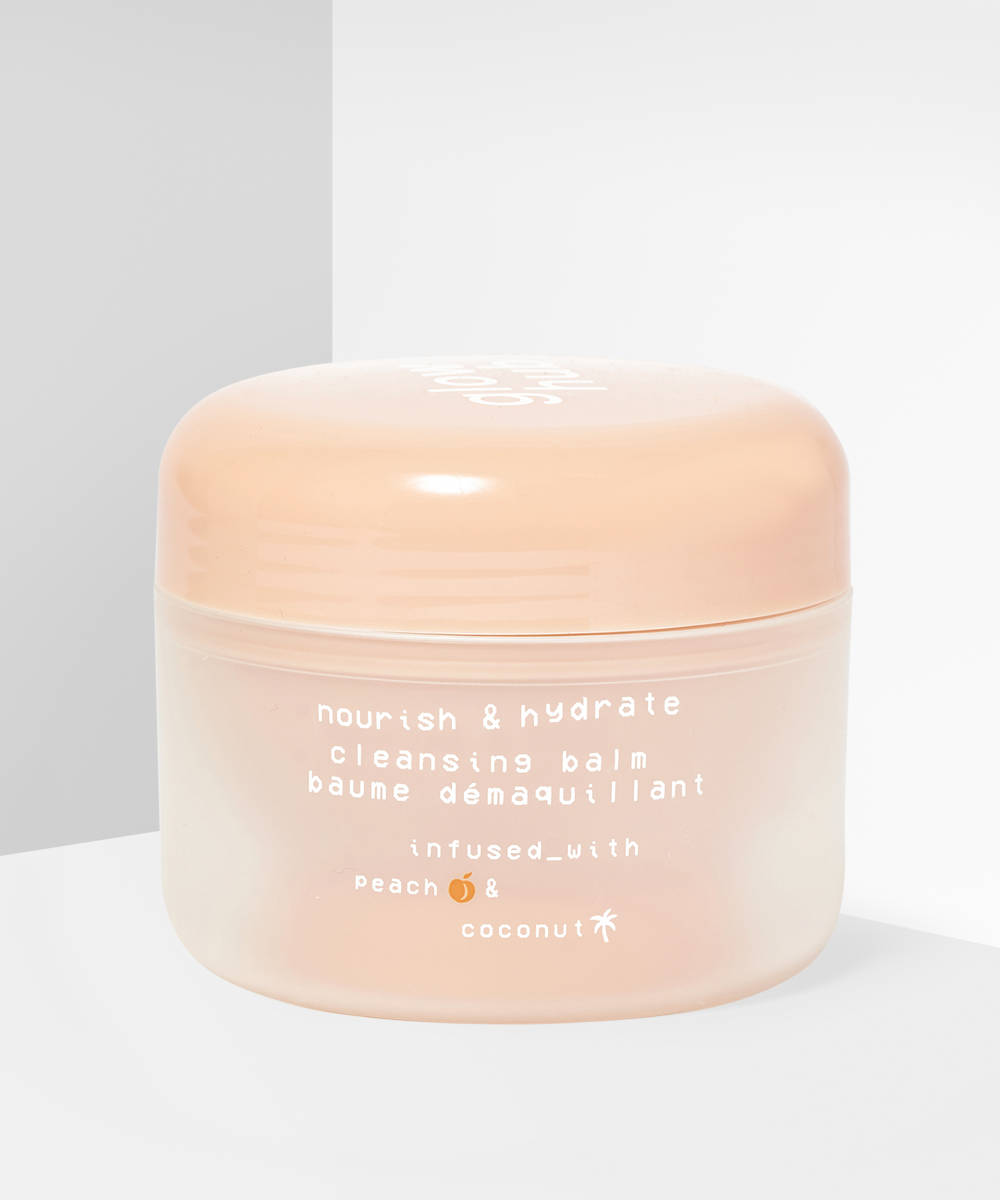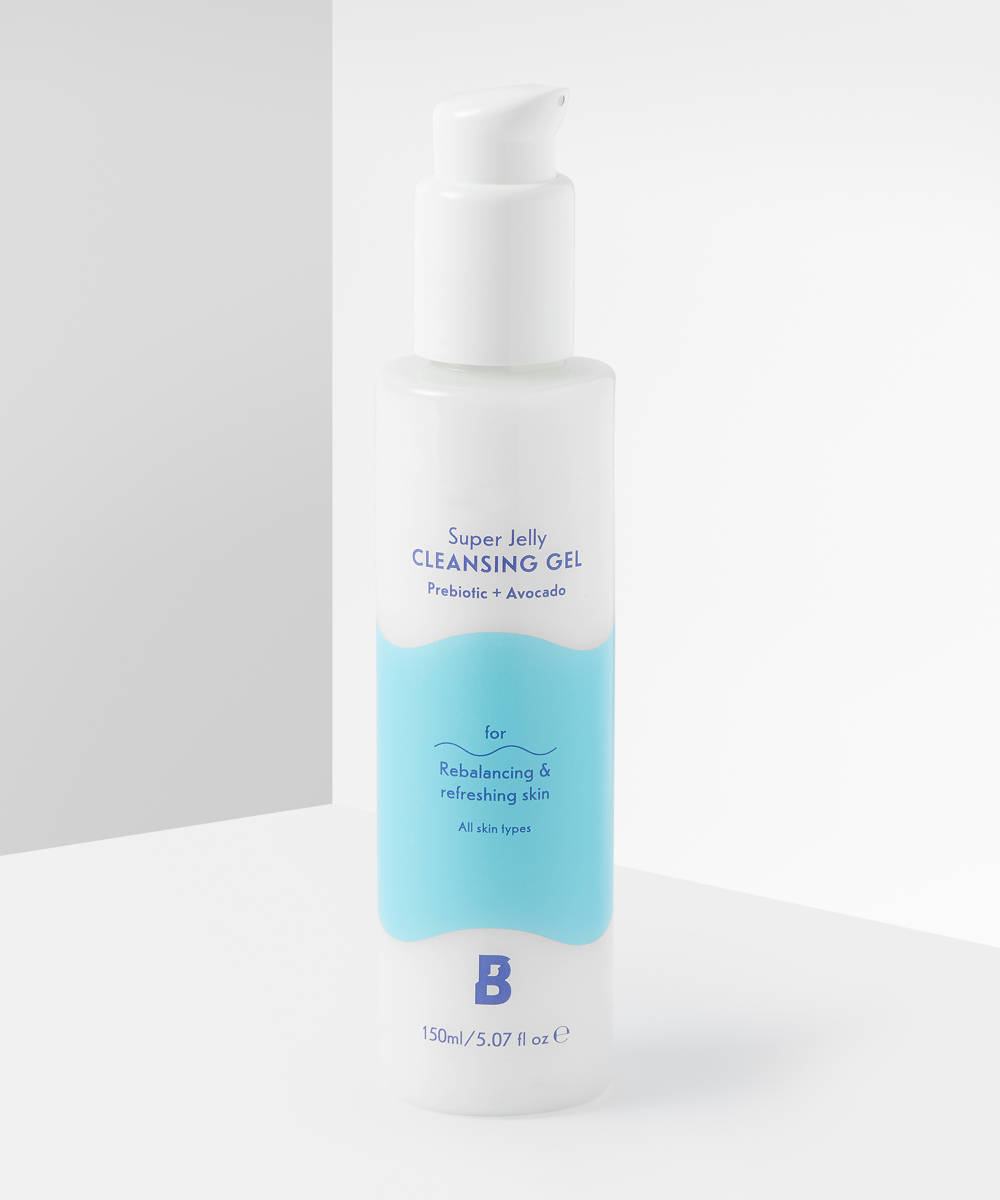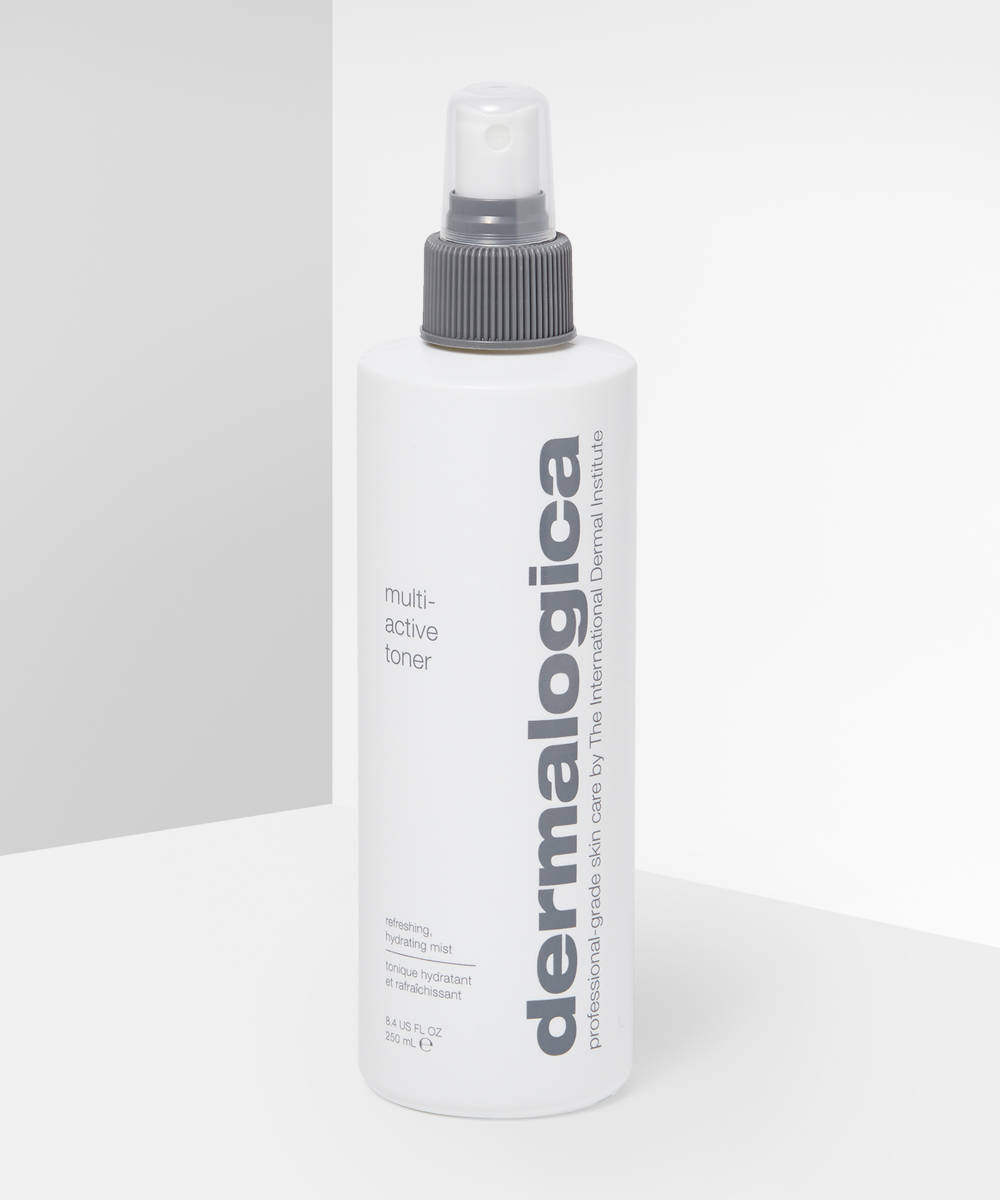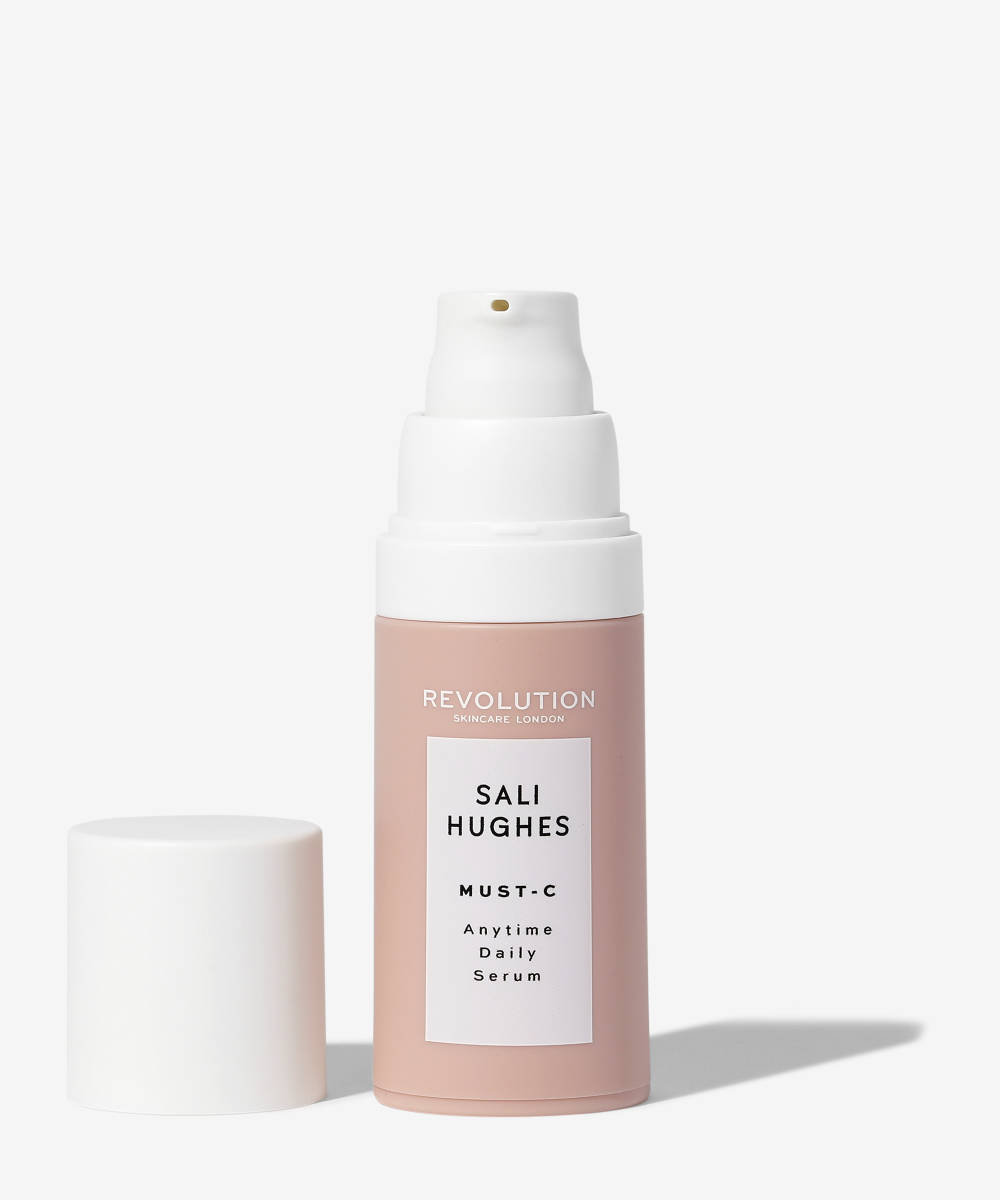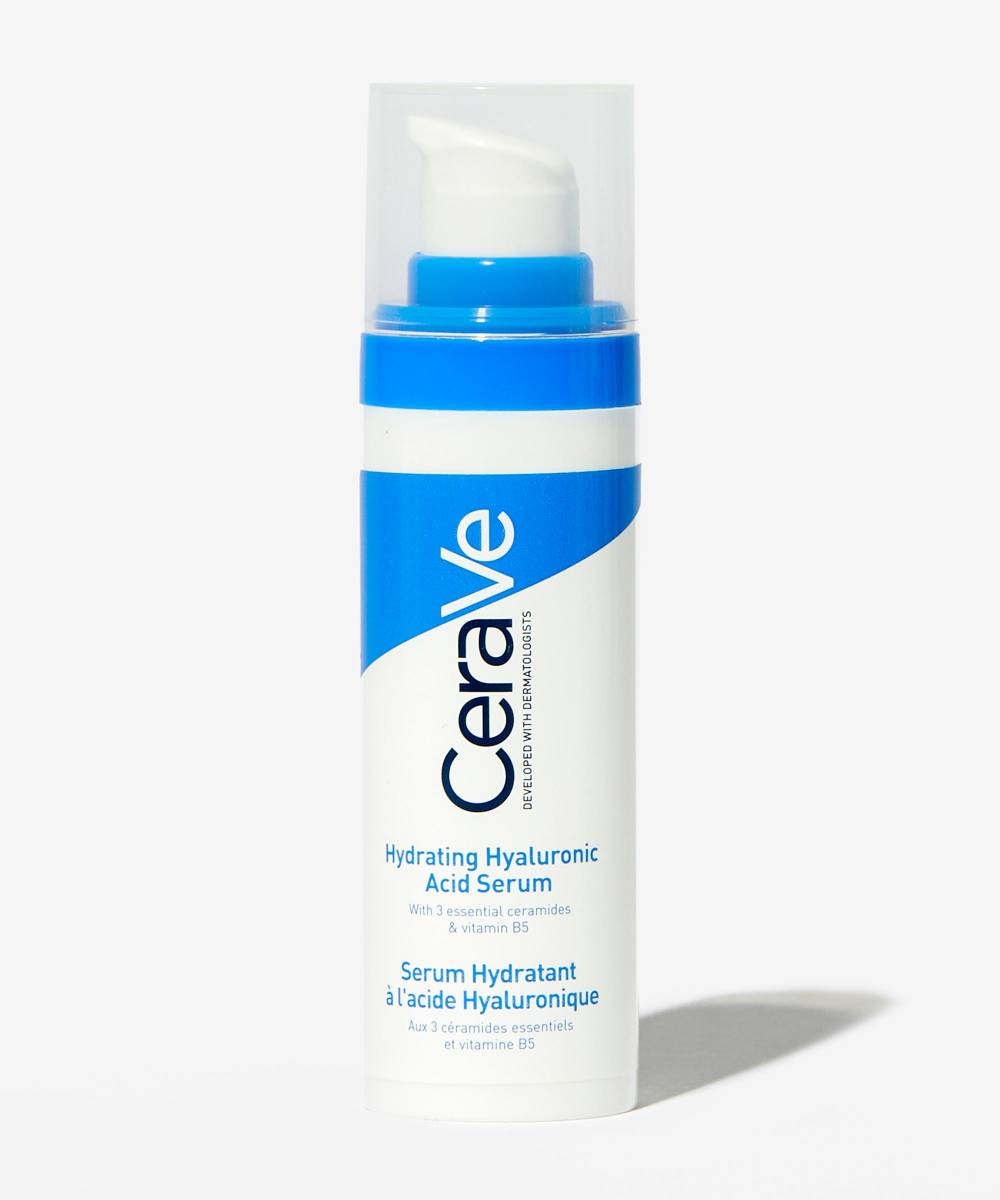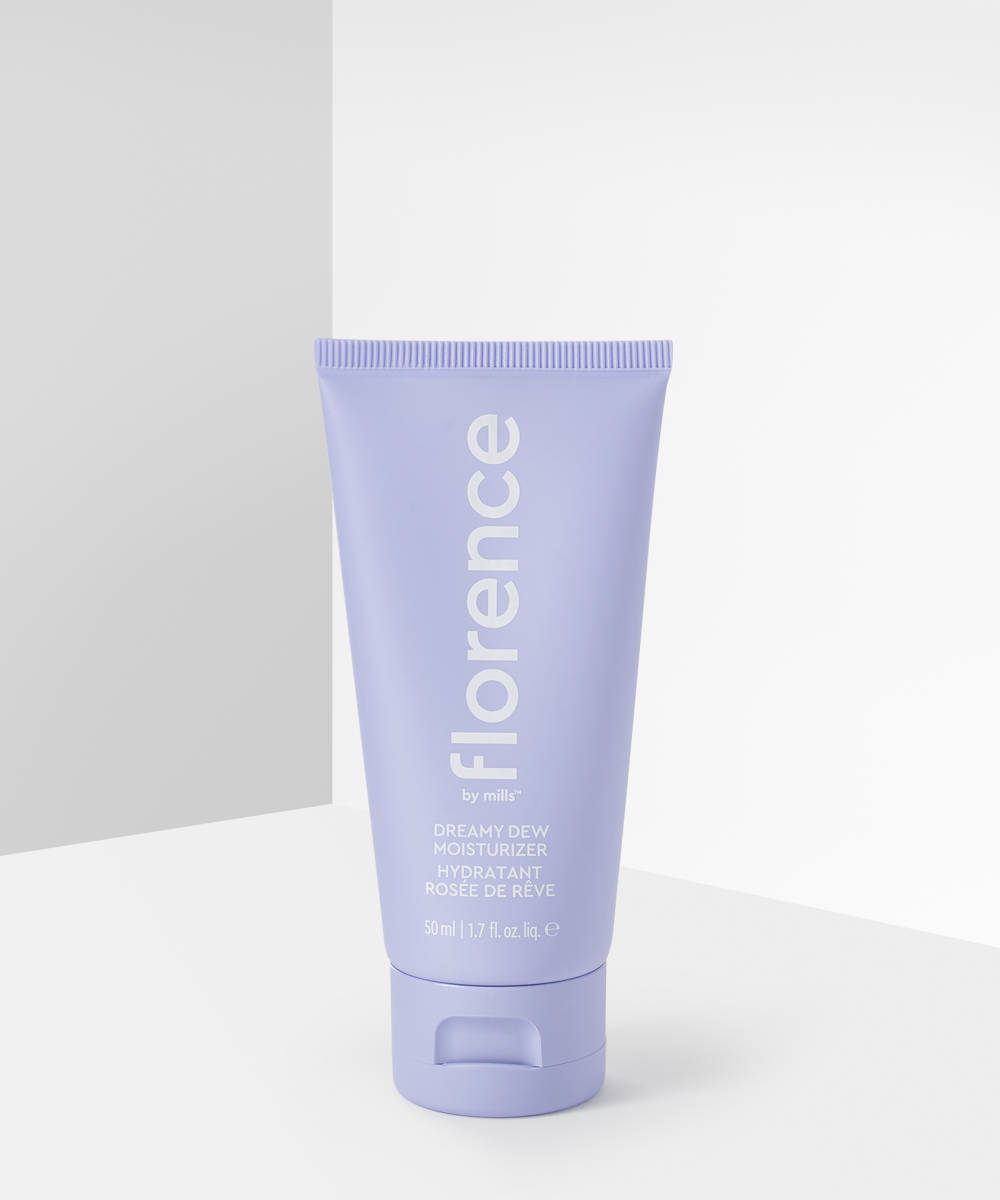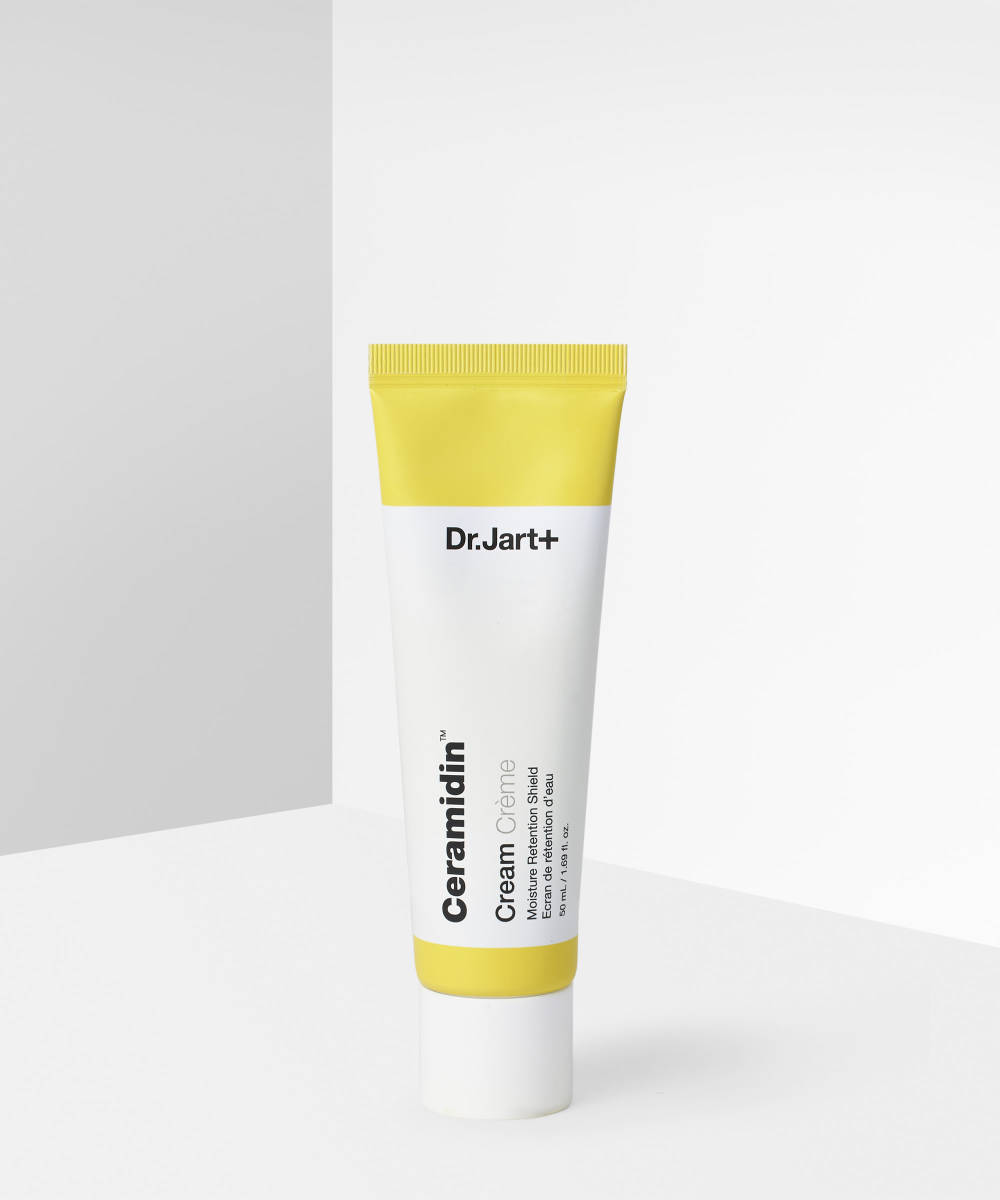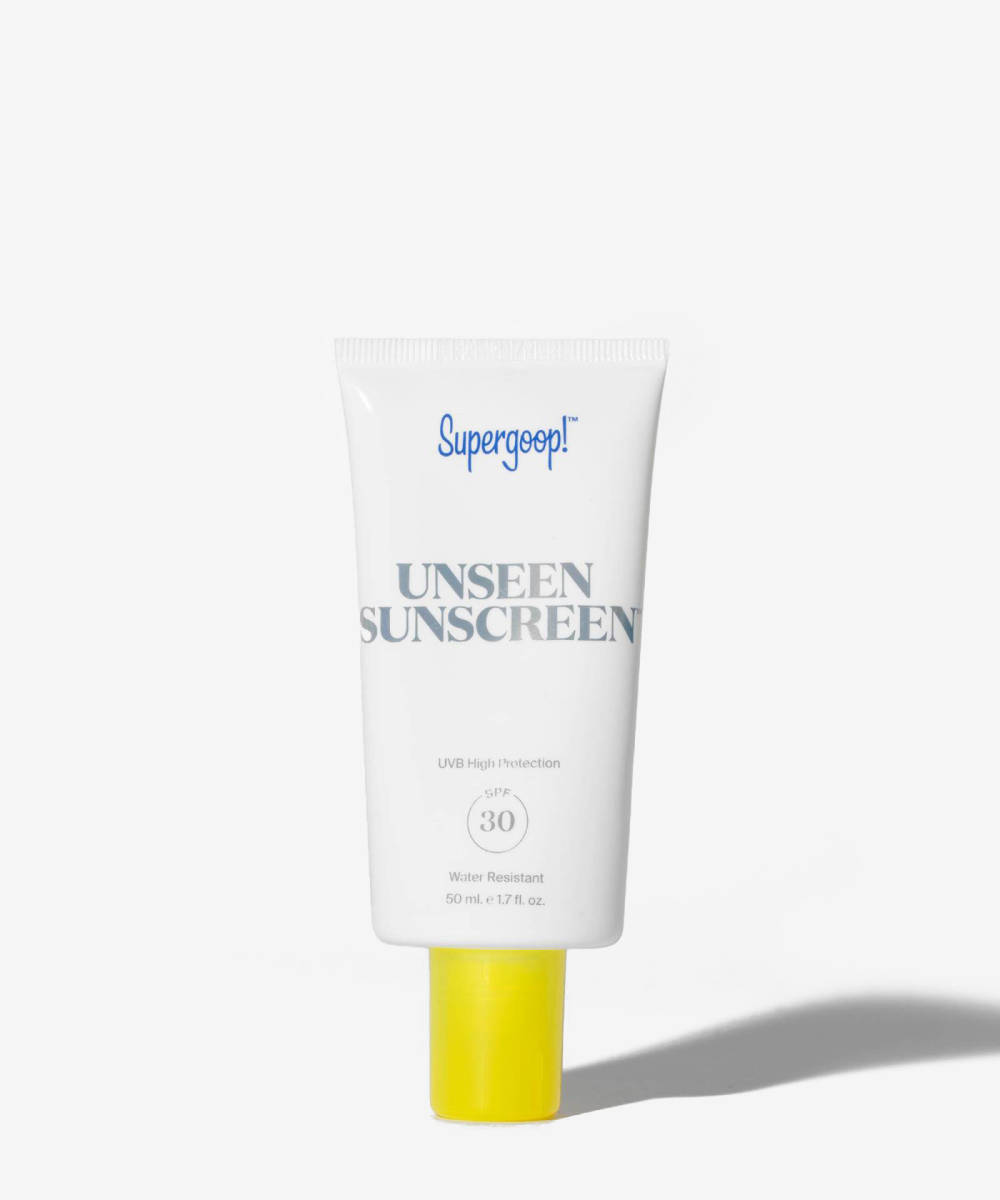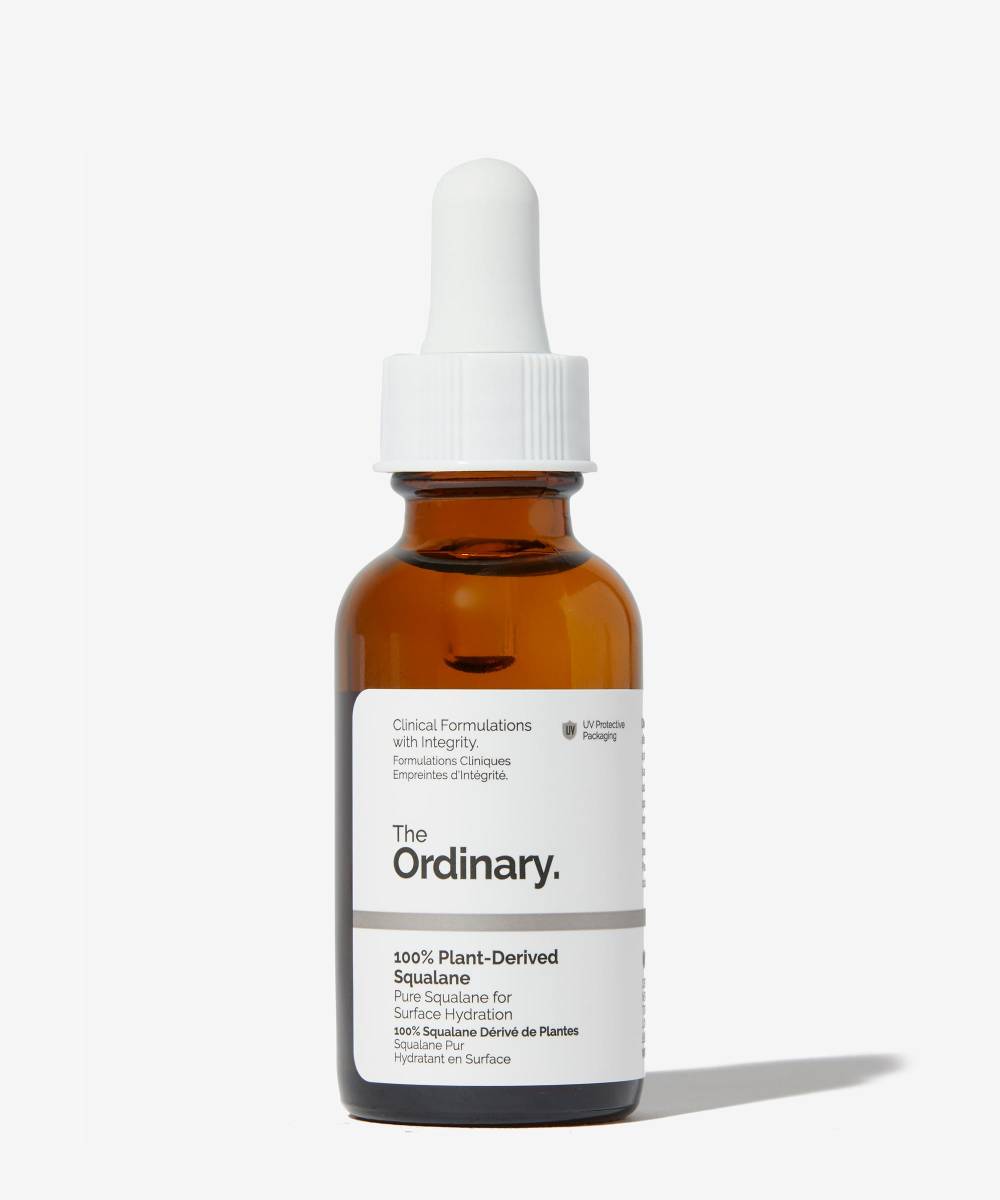If you’re a total newbie, then skincare can seem overwhelming, but it’s easy to start simple and build your way up – you’ll soon see the results. As an esthetician and skin coach, part of my job is to work with people to help them start (or restart) good skincare habits by figuring out their skin type, establishing a skincare routine, and learning the basics. These are my top beginner’s skincare tips.
Know the basics
Cleansing and moisturising are the cornerstones of a good skincare routine. Cleansing helps you to remove makeup, excess sebum (the oil that skin naturally produces), bacteria, pollution, product residue, and other (often invisible!) dirt that builds up on the skin throughout the day and overnight. Moisturising helps to add hydration back into the skin which improves skin tone and texture – hydrated skin is healthy and is better able to heal, defend itself, and will look and feel clearer, brighter, and softer.
Figure out your skin type
Everyone’s skin is different and something I often tell my clients is that there really isn’t a one-size-fits-all approach to skincare. However, it can be helpful to generalise when people are totally new to skincare in order to point them in the right direction. I tell people to think of a spectrum – oily skin sits at one end and dry skin sits at the other. The middle of the spectrum would be “normal” balanced skin. People with oily skin typically experience excess sebum, blackheads, and breakouts, whereas people with dry skin have reduced levels of oil so will notice skin feeling tight, rough to touch, and potentially flaky. Some people may experience symptoms of both oiliness and dryness, which is known as combination skin. Knowing where your skin sits can help you to figure out which product types will suit your skin.
Know your skin concerns
Skin concerns are slightly different to skin type as they are usually more temporary – they include things like breakouts and acne, sensitivity, dehydration, hyperpigmentation, redness, uneven skin tone and signs of aging like loose skin and wrinkles. Oily skin is often prone to breakouts and acne whereas dry skin is quite prone to sensitivity and will show signs of aging prematurely, but these concerns can be experienced across the spectrum. Knowing your skin concerns can help you to know which ingredients you should look for in the products you use.
Always remove makeup before bed
I already mentioned the importance of cleansing but one of the things I notice often with clients who are new to skincare is that a lot of people don’t remove their makeup before bed. Aside from the fact that this is likely to clog pores and create a breeding ground for bacteria – leading to increased breakouts, it’s important to get skin super clean before applying your evening skincare. If there’s still makeup on your face, the ingredients in your skincare won’t be able to absorb. Avoid face wipes (unless in emergencies) because they don’t really do much more than move dirt around your face. Instead, remove makeup with cotton pads soaked in micellar water, then double cleanse.
Double cleanse
Double cleansing is the most effective way to remove makeup residue and properly clean your skin. Start with an oil-based texture (such as a cleansing oil or balm) and spend time massaging it into your skin to break down dirt and makeup. Rinse off with a warm flannel and then follow up with a water-based cleanser such as a gel formula. This step allows for a deeper cleanse as well as removing any stubborn lingering residue. You might not need to double cleanse everyday, but I always recommend doing so if wearing makeup or SPF.
Wear SPF daily
UV exposure is the number one cause of skin aging, and most of the damage occurs when we’re younger – although it’s not always evident until you’re older. Once damage has occurred, it’s pretty much impossible to reverse it, so by getting into the good habit of wearing SPF every day, you’ll save yourself a lot of time and money spent on anti-aging serums when you’re older. UV rays can penetrate through clouds and windows, so it’s important to wear an SPF (at least factor 30) every single day, even when it’s overcast. This will help you to slow down signs of aging such as loose skin, pigmentation, fine lines, and wrinkles, and will also help to protect against more serious concerns such as skin cancers.
Use serums to target specific concerns
As we covered above, cleansers and moisturisers cover the basics, but if you want to elevate your skincare routine and target your specific skin concerns, you’ll need to add serums into your routine. Serums are usually thin gel textured solutions which contain very potent amounts of active ingredients such as hyaluronic acid, retinol, vitamin C, niacinamide, and salicylic acid. Some serums will aid overall skin health, but there are lots that are created with specific concerns – such as breakouts, pigmentation, dehydration, and dullness – in mind. To avoid overcomplicating things, stick to one serum in the morning and another in the evening.
Layer skincare from thinnest to thickest
Once you’ve started to add a few products into your routine, you might be wondering what order to apply them in. As a general rule, look at the texture of your products and layer them from thinnest to thickest – the only exceptions to this rule are SPF and face oils which would always be the final steps in your routine. So, after cleansing you might apply a face mist or toner, then serums (if using multiple, do thinnest to thickest again), next moisturiser, and finally SPF or oil.
Introduce new products gradually
I always recommend introducing new products into your routine gradually – ideally one at a time. This is so that if you have any reactions or issues, you know exactly which product it is that caused the issue. I always like to manage my clients’ expectations in terms of reactions. A typical product reaction could be skin feeling sensitive during or after application – you may feel tingling or notice redness. Sometimes this is because your skin barrier is damaged (common in dry skin types) so you may want to reintroduce the product once you’ve improved your skin’s moisture levels. It’s less common for skin to react by breaking out in spots – but if you do notice an increase in breakouts after using decongesting products like exfoliating acids, retinoids, or niacinamide this is usually what’s known as ‘skin purging’. Basically, the product is working and drawing out the buildup – but the only way out is up. Purging doesn’t usually last more than six to eight weeks, so be patient and don’t let it put you off!
